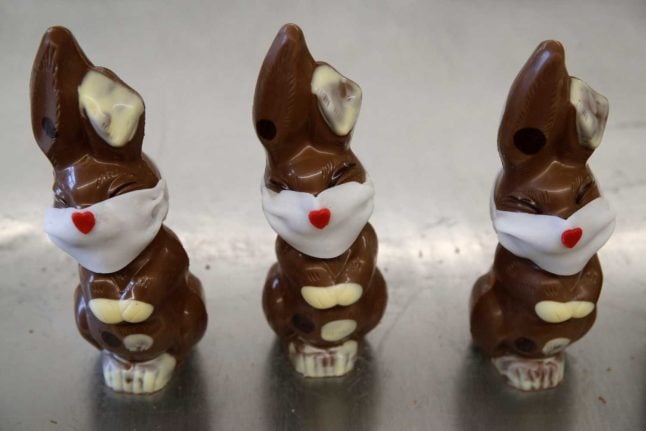Shaped like a pastry whisk at the end of which springs an immense jet of chocolate, this gigantic fountain sits at the center of the company’s new complex in Kilchberg, on the shores of Lake Zurich, where the Swiss chocolate maker hopes to welcome some 350,000 visitors each year.
“It's an attraction that no one will ever forget after visiting the center”, Chairman of the Board Ernst Tanner told the media on the sidelines of the opening.
He did not mention, however, whether visitors will be able to sample the chocolate spewing from the fountain.
Tanner stressed that the goal was to create “something unique” — to present the brand, known simply as ‘Lindt’ in Switzerland and across the world, in all its facets, “from the bean to the chocolate bar”.
READ MORE: Swiss town coated in chocolate snow after factory glitch
Lindt & Sprüngli’s sales, like those of other chocolate makers, plummeted during the coronavirus lockdown.
The company, which manufactures the famous chocolate Easter rabbits, suffered the consequences of the closure of its stores during the Easter holidays, duty-free shops in airports, as well as the drop in demand for its catering services.
In the first half of 2020, its sales fell 12.7 percent compared to the first half of last year.
However, Tanner remains optimistic.
“Lindt has gone through all the wars in Europe, all the economic and financial crises and will also go through this pandemic”, he said of the company that was started in 1845 as a small confectionery shop in the Marktgasse in Zurich's Old Town.



 Please whitelist us to continue reading.
Please whitelist us to continue reading.
Member comments